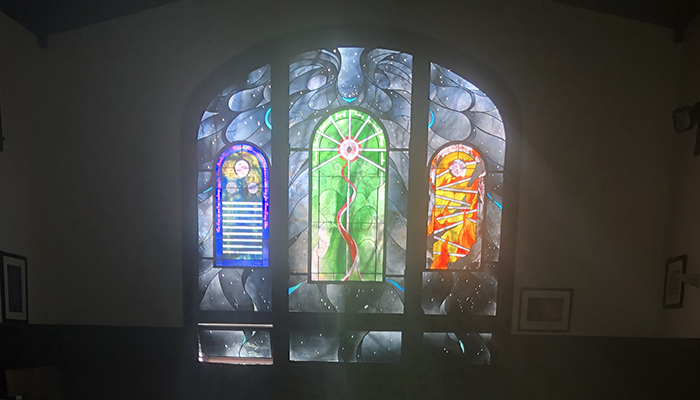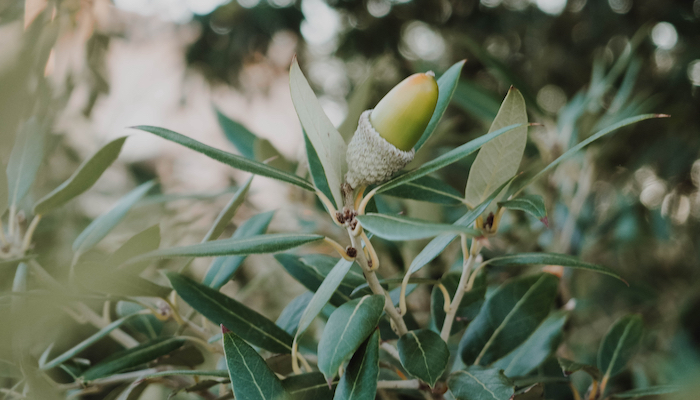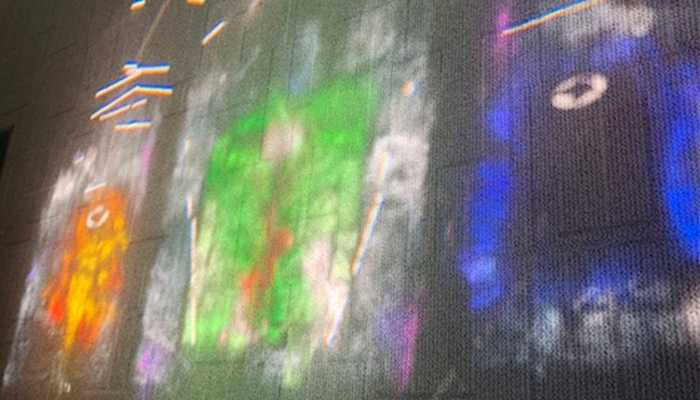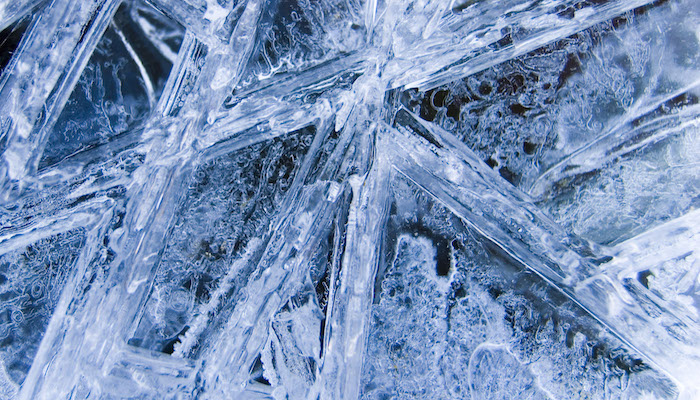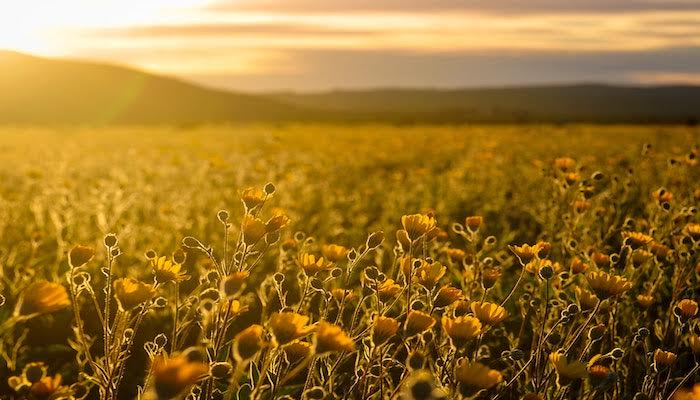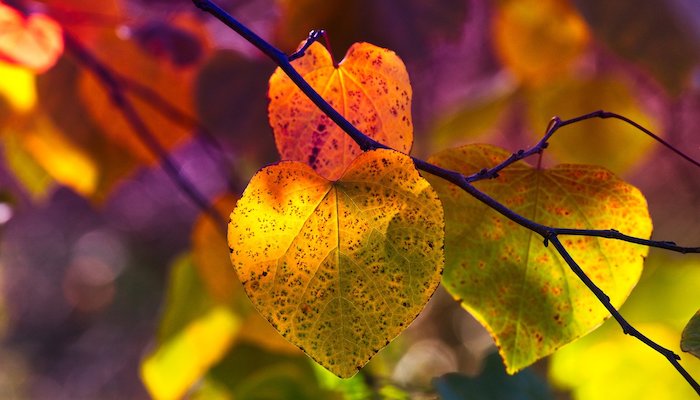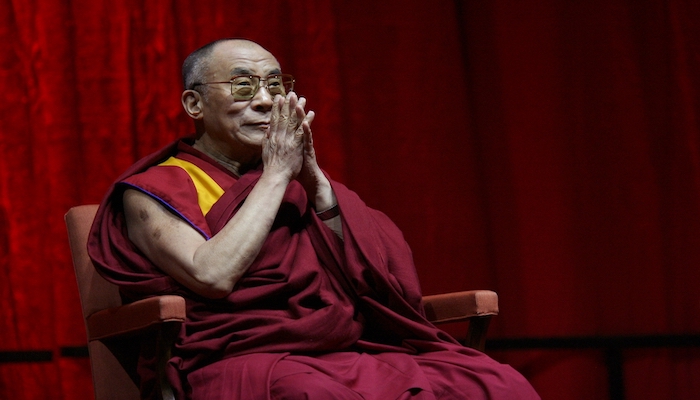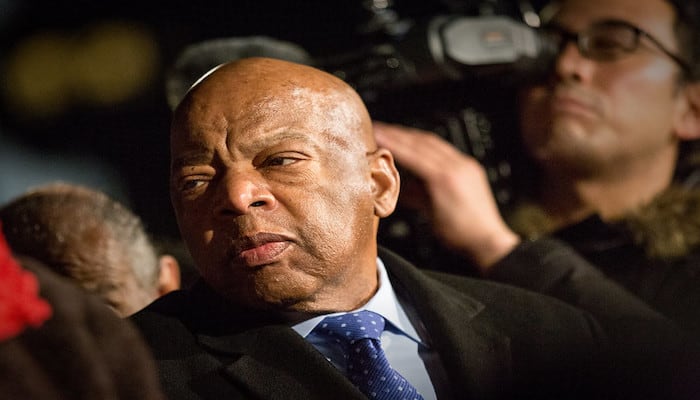Category: Blog
Blog: Reflections on the Winter Solstice
By Isa Gucciardi, Ph.D.
As the nights have been growing longer as we approach the winter solstice, I have been reflecting on the relationship between light and darkness from a new perspective. We often think of light and dark as being opposite of one another. In some cases that is true. From one point of view, the light of day is the opposite of the dark of night. But from another vantage point, dark and light are moments of the same cycle of change. That cycle of change determines our experience of reality in utterly fundamental ways. The sun rising and setting is basic to our experience on earth. Yet, we don’t often think about the fact that the sun rising and setting dictates when and how we do almost everything we do. We may not often think about how our lives might be structured without this baseline rhythm the play of light and dark creates.
Blog: Reflections on the Fall Equinox
By Isa Gucciardi, Ph.D.
Around the fall equinox of 2018, as I was doing the fall garden clean up, I realized that a small California Live Oak had planted itself in the center of the garden at the Sacred Stream Center. I was very excited to have the oak choose our garden, but everyone else was worried that the oak would get too big and block out the other plants. I knew there was no way I would interfere with the oak’s plans, as we are visitors to its habitat – not the other way around.
Only 200 years ago, the land on which the Sacred Stream Center sits was covered in California Live Oak. The hills throughout California were dotted with these majestic trees, which can indeed grow very tall and spread their canopies widely. An oak taking up residence in that patch of ground would have had the flowing water of Strawberry Creek nearby and lots of laurel and bay trees keeping it company.
Blog: Summer Solstice and the Light of Potential
By Isa Gucciardi, Ph.D.
It seems fitting as we approach the longest day of the year that an opening into larger possibilities might be extending toward us. This is particularly true because of another celestial event that is happening in the sky this week. This is the moment in its orbit when the planet Venus is closest to the sun. Venus is the planet of beauty, love and possibility in western astrology, With the potentials of this influence enhanced by its proximity to the sun, we soon may be able to step into a new collective experience, beyond the constrictions of the pandemic.
This new potential has certainly been evident in the sanctuary at the Sacred Stream Center. Thanks to donations from last year’s fund drive, we have been able to begin the restoration of the three stained glass windows that grace the room.
Blog: My CBD Story
By Valerie Burke
Imagine trying to swim across the English Channel wearing a space suit with one arm tied behind your back. Wearing snow shoes, blindfolded and drugged.
Towing a small submarine.
Before finding CBD, that’s what my life had been like when it came to my health.
As far back as I can remember, my life has been riddled with an endless string of odd and seemingly unrelated symptoms. Hormone imbalances. Chronic pain. Relentless, intractable headaches. Weird and unexpected reactions to things. Weight gain.
I don’t ever recall being healthy – at least for very long.
My childhood was marked by frequent colds, infections of one kind or another, and mysterious aches and pains for which there was never any medical explanation.
Prevailing medical opinions: “It’s all in her head.”
In the 1990s, I had a total hysterectomy for chronic ovarian cysts and endometriosis that no hormone regimen could control. They found massive abdominal adhesions that wrapped around my insides in a tangled, angry web.
The diagnosis of “fibromyalgia” was the best they could come up with.
By my early 30s, I had also developed osteoarthritis resulting in three orthopedic surgeries by the age of 40 – one hip and two knees.
I DID feel like my head was exploding, and it wasn’t just the migraines. Just nothing made sense.
Blog: Equinox, Equipoise, Equanimity
By Isa Gucciardi, Ph.D.
The evening of the spring equinox, as I watch the shadows lengthen across the room, I reflect on how the magic of this play of light is around us everywhere, all the time. Many of us take for granted the sunrise and sunset. Indeed, we may not even notice the incremental lengthening of light throughout the late winter that brings us to this moment, where the day meets the night in equal measure.
On the equinoxes, the idea of balance always seems emphasized to me. How do we find our way to this moment of fleeting equilibrium each spring and fall? How well do we hold center in the tension of opposing forces around us at this moment of equipoise? These questions seem to take on more import now, when many of us are striving to counteract the effects of polarization that have increased in almost every aspect of our lives since the last spring equinox.
Blog: Like Rays of The Sun, Radiating Outward: How Our Personal Work Affects the Collective
By Elizabeth Brinkman Day, Ph.D., CHT
“Give me your tired, your poor/ Your huddled masses yearning to breathe free.” These iconic words from Emma Lazarus’ 1883 sonnet, “The New Colossus,” gracing the pedestal of the Statue of Liberty, are far from actualized in our country. The day before the Statue of Liberty’s inauguration in October 1886, the New York State Woman Suffrage Association met, agreeing that the statue was a symbol of hypocrisy, given that the monument was representing Freedom as a majestic female in a State where women were not yet free to vote.
Blog: Finding Light on the Winter Solstice
By Isa Gucciardi, Ph.D.
The wind is cold and biting. I hear the neighborhood kids playing in the fallen leaves all around the Sacred Stream Center as the late afternoon sun is setting far too quickly. I rarely put the electric lights on in the Sacred Stream Sanctuary, because the room has stained glass windows on the eastern, southern and western sides of the wood paneled space. Throughout the day, I know what time it is by gauging where the light is falling in the room. Now, it is fading fast behind the 100-year-old arched stained glass that engulfs the western wall.
This is the fourth time in the solstice calendar that we have cancelled our quarterly drum circle. We have come together to mark the solstice or equinox since 1995. When the spring equinox circle was cancelled in March of this year, it was jarring to realize that our traditions could so easily be abandoned. Now, with the winter winds, it does not seem surprising at all that anything we may have planned does not occur as we thought it might.
As we look into the darkening nights, we are all facing obscurations on so many levels. The pandemic promises to continue to break infection records. Our political landscape both nationally and internationally is fraught with so much danger. The climate crisis deepens as our fellow creatures continue to withdraw from the earth. Since human time began on earth, the winter solstice season has been a time when people have looked into the yawning darkness and wondered if the light would ever return. We still ask this same question, and its import is multiplied across the many layers of complexity we are facing.
Blog: Reflections on the Fall Equinox
By Isa Gucciardi, Ph.D.
I am sitting in the garden at the Sacred Stream Center as dusk is falling on September 22, the fall equinox. Usually, we would be calling the community together at the fall equinox drum circle, and the garden would be humming with conversation. It is quiet here now. There is just the sound of the bubbling fountains and the calling of the birds enjoying a late afternoon bath.
This is the third season where we have not been able to come together for the drum circles which we have held since the mid-1990’s on every equinox and solstice. In March, at the spring equinox, we were all adapting to the new reality that the coronavirus created as we practiced social distancing. We could not come together to welcome the new season as we have been doing for decades. By June, at the summer solstice, we were hoping that the solstice would mark a new coming together. But a resurgence of coronavirus in California dashed that hope. And now, here at the fall equinox, I am reflecting on the passage of time as we continue to socially distance, fearing yet another predicted resurgence of the virus between now and the winter solstice on December 21.
Blog: His Holiness, the Fourteenth Dalai Lama
By Isa Gucciardi, Ph.D.
“We all share an identical need for love, and on the basis of this commonality, it is possible to feel that anybody we meet, in whatever circumstances, is a brother or sister. No matter how new the face or how different the dress or behavior, there is no significant division between us and other people. It is foolish to dwell on external differences because our basic natures are the same.”
-The Dalai Lama
His Holiness, the Fourteenth Dalai Lama, is a role model of compassion and courage for millions of people around the world. He has, almost single-handedly, stared down the Chinese government as it has dismantled Tibet and turned it into a Chinese fiefdom. He has done this without ever uttering an unkind word as he has watched thousands of his countrymen and women die at their hands.
His Holiness, the Fourteenth Dalai Lama was born in 1935 in Amdo, Tibet. His birth name was Lhamo Thondup. When he was two, he was recognized through a series of signs as the fourteenth incarnation of the Dalai Lama. He was sent to a monastery where he studied Buddhist philosophy.
In 1958 and 1959, as he was taking his final examinations, the Chinese, who had been in Tibet for several years, overran the country. His Holiness barely escaped. Thousands of other Tibetans were not so lucky. The Chinese killed and tortured thousands of Tibetans and destroyed many of the monasteries that had housed the ancient wisdom of Tibet and Buddhism for centuries. The losses of the Tibetan people were overwhelming.
Blog: Malala Yousafzai: Education is for Everyone
By Isa Gucciardi, Ph.D.
When I was 12, I attended a small one-room school in Riyadh, Saudi Arabia. Most of us were from other countries, and I was one of the few students who spoke English as a first language. There were a few Saudi children, in spite of the fact that girls and boys were not supposed to be educated together.
The story I heard was that the King looked the other way when he heard this rule was being broken because the children there were from influential foreign families. However, when the headmistress admitted a 13-year-old Saudi girl, the King closed down the school overnight. He was furious that a girl was being educated past the age of 12.
I had been told that I would be sent to a boarding school in Lebanon, and I was excited about the prospect. When I arrived for the last day of school, I found two of my classmates crying in the corner of the room. They were both Saudi. I asked them what was happening. They were upset because they had been told they could no longer pursue their studies.
Blog: Misadventures in Mindfulness
By Judah Pollack
Morning Mindfulness
Here we go. I am going to sit on my pillow and light my incense. I am not going to follow my thoughts. I am going to focus only on my breath. I am going to breathe in the incense. It smells really nice. Is this the Japanese incense? Should I pick up more of it? Did I get it at that store on Valencia Street? Or was it a gift? Wait, I think it’s somebody’s birthday this week. I need to make a note to look that up. Ok, ok, back to my breath.
There we go. Just my breath. Feel it on my upper lip. In, and then out. That kind of tickles actually. I used to hate it when my older sibling would tickle me. It was really a form of torture. Just thinking about it is making me kind of enraged. That was so screwed up. Ok, back to my breath. This must be close to the end. Seems like it’s been a while. My foot is almost asleep. Maybe I should just call it. I do have a lot to do today. Am supposed to be on a call right now?
Blog: John Lewis and the Good Trouble Path of Peace
By Laura Chandler
In a commencement speech he gave at Emory University, the late civil rights leader and Congressman from the 5th District of Georgia, John Lewis said, “You must find a way to get in trouble, good trouble, necessary trouble.” For decades, getting into good trouble has been the creed of Lewis, described as the “Conscience of Congress” by House Speaker Nancy Pelosi. His death on July 17, 2020 comes at a time of great social unrest in this country, yet his legacy offers us an example of how to proceed in these times and, even more importantly, it offers us hope.
Lewis was the last living member of the Big Six leaders who organized the 1963 March on Washington, and he led the historic first march across the Edmund Pettus Bridge, which became known as Bloody Sunday. His actions and work with the civil rights movement contributed to ending legal segregation in the United States and he continued his work and lifelong commitment to social justice and the causes of democracy, serving 17 terms in the US House of Representatives.
John Lewis’ life was one of activism informed by his faith. He was dedicated to nonviolence and learned the concepts of nonviolent protest through his study of Christian texts, trainings with the Nashville Christian Leadership Conference, and the example set by Mahatma Gandhi. Like Gandhi, Lewis and the participants in the early civil rights movement understood the power of nonviolent action and stood bravely in the face of oppressive hostility. Lewis endured physical beatings and was arrested over 40 times without succumbing to violence himself, and he held to this principle of nonviolence his entire life.
Blog: Martin Luther King’s Vision 60 Years On
By Isa Gucciardi, Ph.D.
I first became aware of Martin Luther King when I encountered his, “I Have a Dream” speech in Social Studies class. I remember wondering why he was only dreaming that whites and blacks could be friends. I found out why when I moved to Texas for a year of schooling. My most enduring memory of that school was when I was sent home from school for playing with a group of African American children on the playground. I had such a hard time understanding what was happening, and it made me pay closer attention to the issues around racism in a way I never had before. As I grew older, and as the race riots of the sixties took center stage, Martin Luther King became a voice of reason for me.
Martin Luther King Jr. was born in 1929 in Atlanta, Georgia. He came from a family of sharecroppers, and his father was the second of ten children. His father took over as pastor at an influential black church, so King received a better education than most black children could hope for in Atlanta in the 1930’s. Both his education and his father, who had led campaigns to advocate for racial equality, had a major influence on him. However, his father was also a strict disciplinarian and regularly beat him for the smallest of infractions.

